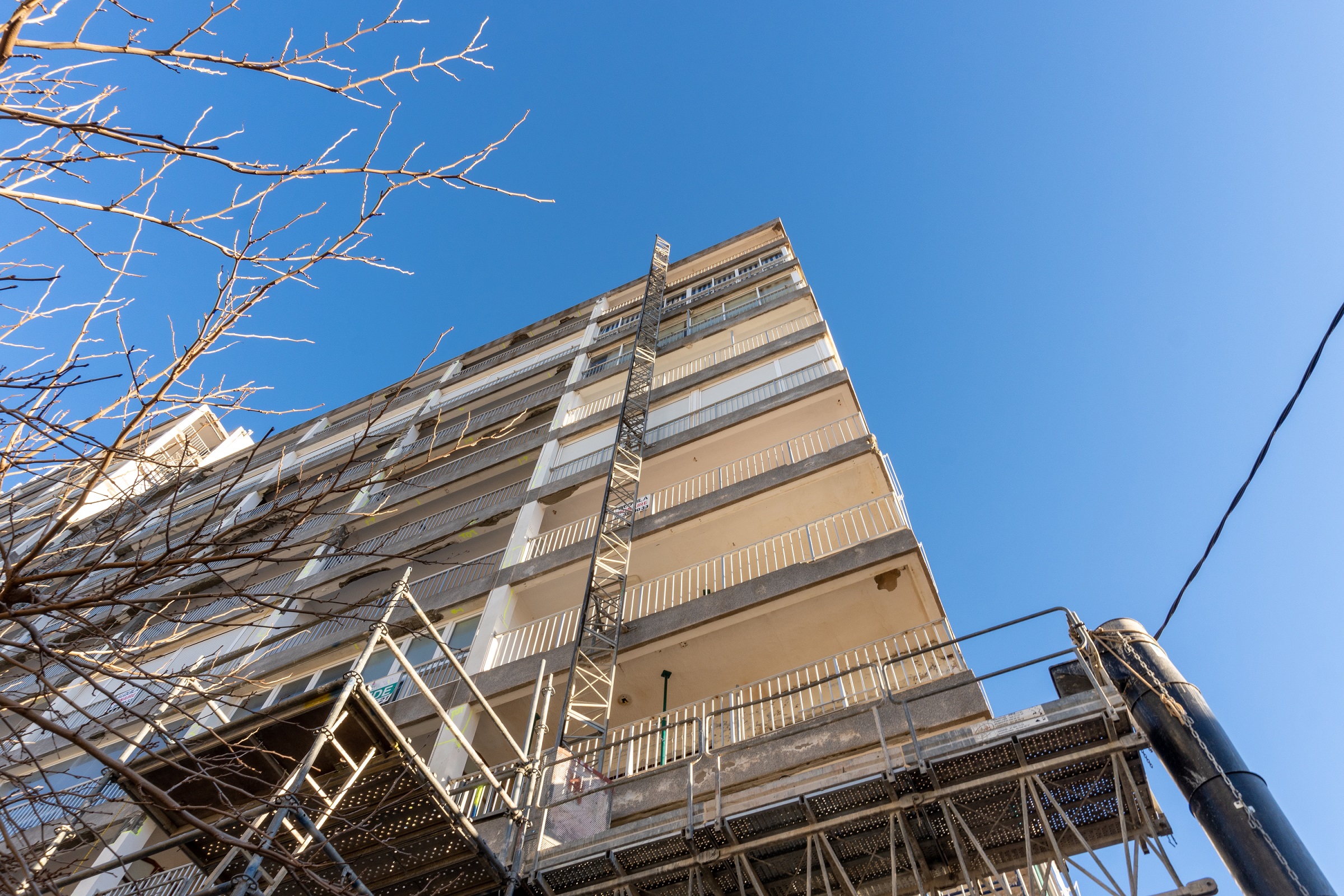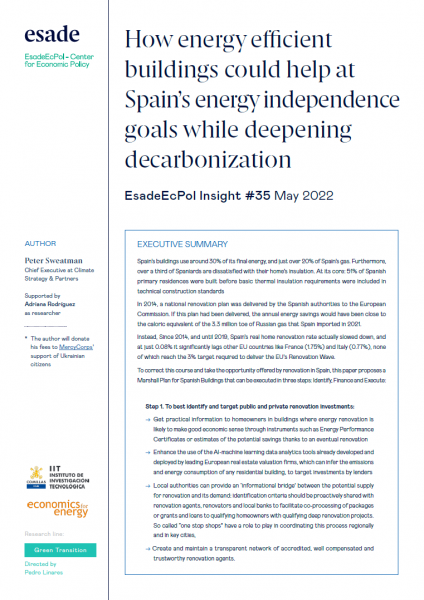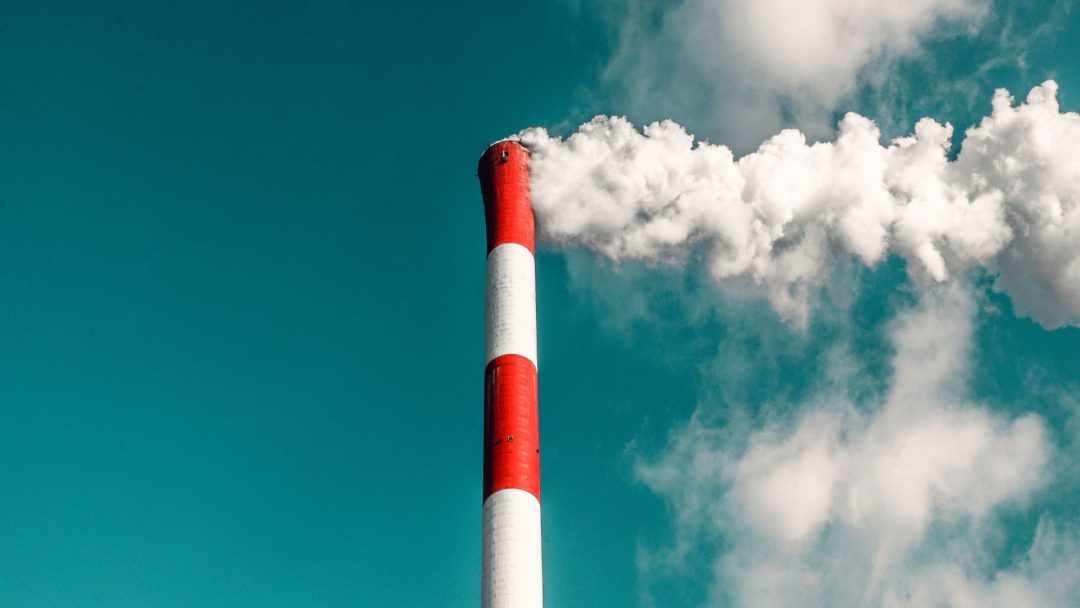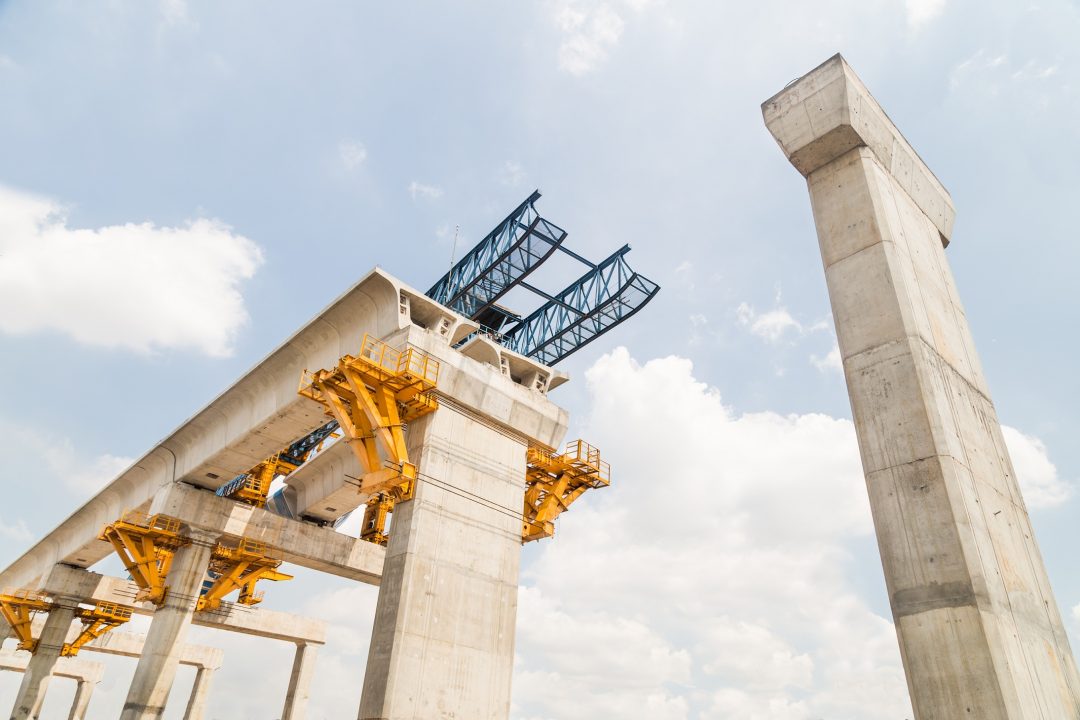
How energy efficient buildings could help at Spain’s energy independence goals while deepening decarbonization
Peter Sweatman
26 May, 2022
Spain’s buildings use around 30% of its final energy, and just over 20% of Spain’s gas. Furthermore, over a third of Spaniards are dissatisfied with their home’s insulation. At its core: 51% of Spanish primary residences were built before basic thermal insulation requirements were included in technical construction standards.
In 2014, a national renovation plan was delivered by the Spanish authorities to the European Commission. If this plan had been delivered, the annual energy savings would have been close to the caloric equivalent of the 3.3 million toe of Russian gas that Spain imported in 2021.
Instead, Since 2014, and until 2019, Spain’s real home renovation rate actually slowed down, and at just 0.08% it significantly lags other EU countries like France (1.75%) and Italy (0.77%), none of which reach the 3% target required to deliver the EU’s Renovation Wave.
To correct this course and take the opportunity offered by renovation in Spain, this paper proposes a Marshall Plan for Spanish Buildings that can be executed in three steps: Identify, Finance and Execute:
Step 1. To best identify and target public and private renovation investments:
→ Get practical information to homeowners in buildings where energy renovation is likely to make good economic sense through instruments such as Energy Performance Certificates or estimates of the potential savings thanks to an eventual renovation
→ Enhance the use of the AI-machine learning data analytics tools already developed and deployed by leading European real estate valuation firms, which can infer the emissions and energy consumption of any residential building, to target investments by lenders
→ Local authorities can provide an ‘informational bridge’ between the potential supply for renovation and its demand: identification criteria should be proactively shared with renovation agents, renovators and local banks to facilitate co-processing of packages or grants and loans to qualifying homeowners with qualifying deep renovation projects. So called “one stop shops” have a role to play in coordinating this process regionally and in key cities,
→ Create and maintain a transparent network of accredited, well compensated and trustworthy renovation agents.
Step 2. To ensure easy access to long-term, low cost finance and funding packages:
→ Enact a Mortgage Portfolio Standard (MPS) as defined in the recast EU Energy Performance of Buildings Directive (EPBD) to require the median energy performance of each bank’s financed buildings portfolio to meet specific targets. This bank-level requirement will support better mortgage decisions and clear energy renovation information is offered to homeowners, enhancing energy efficient decision making by all private agents and the rationalisation of the renovation supply chain.
→ Launch an EU Renovation Loan instrument to offer zero-coupon financing targeting low income, no savings homeowners who today do not qualify for mortgages. Examples include pensioners and young income constrained families that constitute the working poor.
→ Dedicate recovery funding to, and set targets for, the emergency acceleration of deep renovations for the energy poor, using mechanisms to identify poor households in cold climatic conditions to be prioritised for deep renovations using a grant-based system.
Step 3. To ensure an effective and efficient execution, there are a number of key areas that Renovation Agents can start with:
→ Prioritise ‘cavity walls’, i.e. air gaps featured within walls that were historically used in Spanish construction and constitute a key home heat loss.
→ Insulate attics and floors, which constitute the “lower hanging fruit” compared to nocavity walls and intricate façades.
→ Health-check thermostats to ensure they work correctly and reduce the energy wasted in periods, or areas, of no use or during the night.
→ Set targets for optimal air-source heat pump switches in Spain’s milder climates where using these is more cost-effective than fossil gas or fuel-oil boilers.
→ Grow the use of solar water heaters to take advantage of Spain’s privileged weather conditions.




